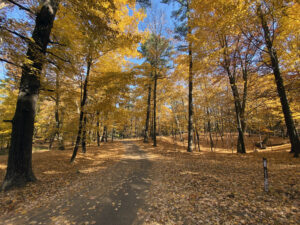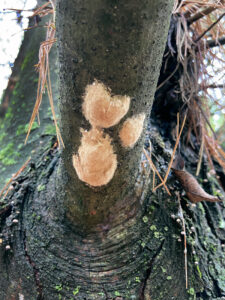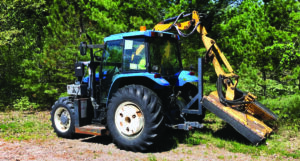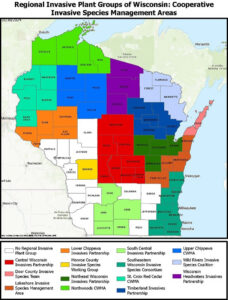By Olivia Witthun, DNR Urban Forestry Coordinator; Olivia.Witthun@wisconsin.gov or 414-750-8744
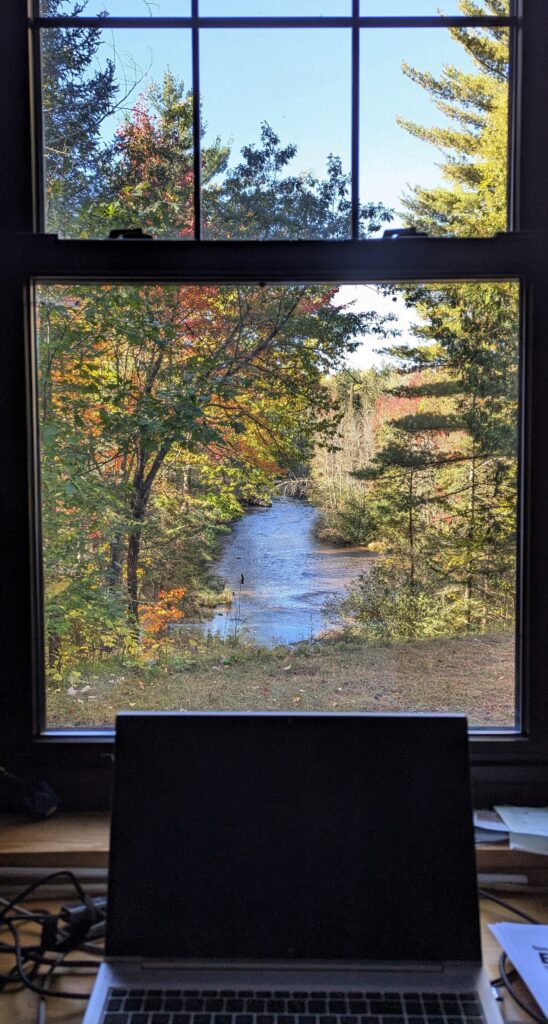 Employee attitudes and well-being improve with exposure to nature. Think about it. Every weekday we commute to work, only to be met by a dark cubicle in shades of beige and grey. Ever wonder why your mood starts to match the walls? It’s because the workplace environment contributes to employee health. We’ve known this to be true (anecdotally) for a long time, but mounting scientific evidence proves our urban and community forests have beneficial effects on employee performance. Continue reading “Improving Employee Well-being With Exposure To Trees And Nature”
Employee attitudes and well-being improve with exposure to nature. Think about it. Every weekday we commute to work, only to be met by a dark cubicle in shades of beige and grey. Ever wonder why your mood starts to match the walls? It’s because the workplace environment contributes to employee health. We’ve known this to be true (anecdotally) for a long time, but mounting scientific evidence proves our urban and community forests have beneficial effects on employee performance. Continue reading “Improving Employee Well-being With Exposure To Trees And Nature”

 The Wisconsin Department of Natural Resources (DNR) announced the recipients of the Urban Forestry Catastrophic Storm Grants to assist with damage sustained during statewide extreme storm events that took place June 21-25, 2024.
The Wisconsin Department of Natural Resources (DNR) announced the recipients of the Urban Forestry Catastrophic Storm Grants to assist with damage sustained during statewide extreme storm events that took place June 21-25, 2024.  The trees on school properties mirror those of the surrounding urban forest in composition but not in coverage.
The trees on school properties mirror those of the surrounding urban forest in composition but not in coverage. *These training opportunities are provided as an information service only and does not constitute an endorsement from the WI DNR.
*These training opportunities are provided as an information service only and does not constitute an endorsement from the WI DNR.